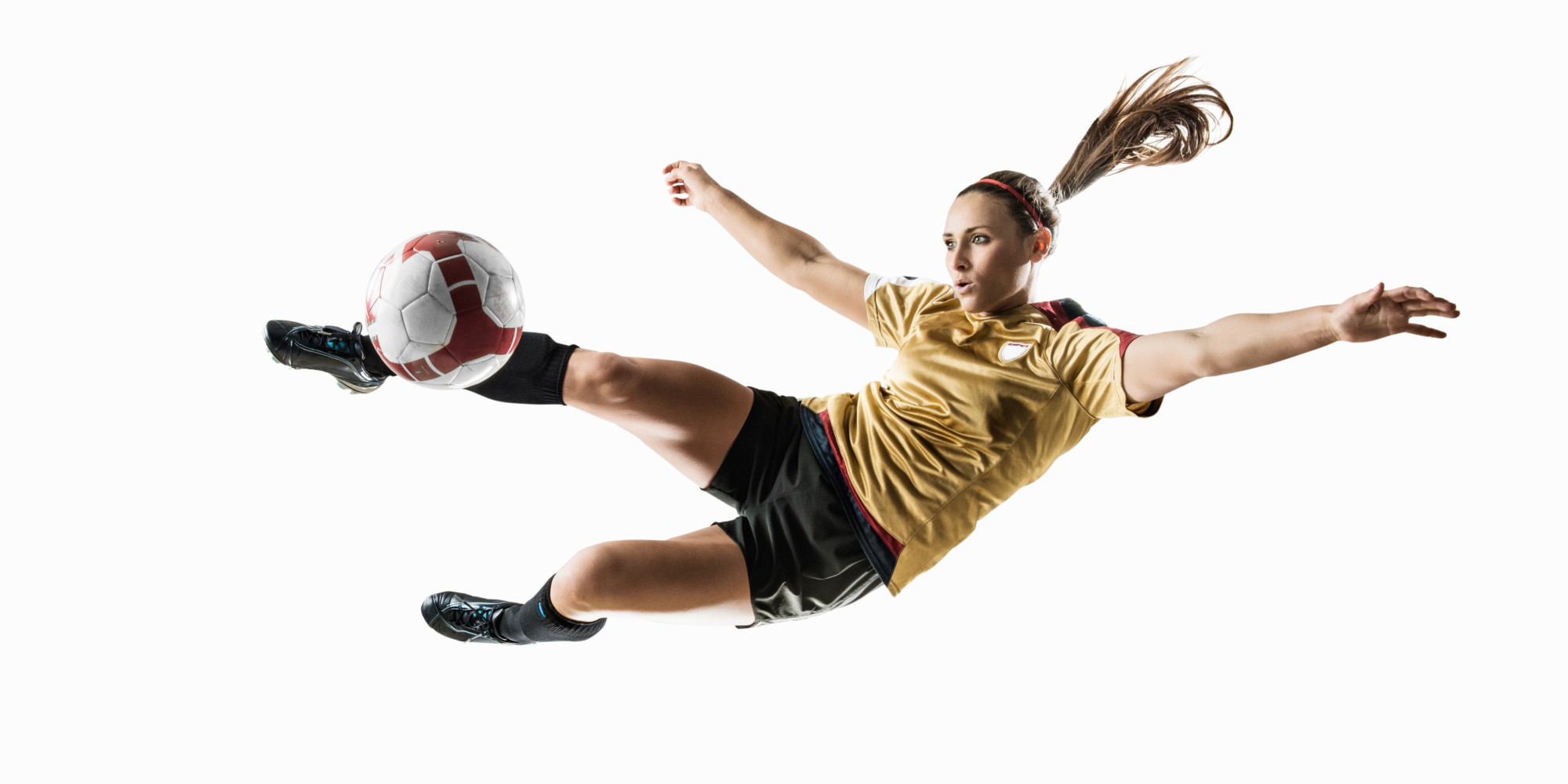In a previous blog, the topic discussed was about the responsibilities of a PE teacher which included educating students while also motivating them to actively participate in class. Today, different ways to become a greater PE teacher will be explained. Being a facilitator, providing encouragement, and utilizing music during class are all components to becoming a greater PE teacher.
Be the Facilitator
It is important to maintain good classroom management while being the facilitator during physical education class. Do not allow students to pick their own teams for team sport activities. As the physical educator, pick the teams for the students randomly or divide the more athletic students up evenly. Number the kids off, have them draw straws, or pick teams at random; there are a variety of creative ways to make teams.2 Whatever you do though, don’t let them choose the teams themselves!2 This prevents the embarrassment of the students that often get picked last because of their lack of athletic ability.
 |
| http://tinyurl.com/jgksyor |
Encourage
Encouragement is another key to becoming a greater PE teacher. One of the best ways to engage your kids, and keep them engaged, is to encourage them!2 Students need positive reinforcement, especially in elementary school. Some students may not receive praise at home so it is the physical educator's job to provide a smile or a pat on the back to keep them going.
Utilize Music
Music not only gives background noise during activities, but it can also be utilized as a classroom management tool. When the music is playing in my gym, students automatically move around; when I turn off the music, they instantly stop what they’re doing and look for new directions or instruction.1 Utilizing music in this manner, eliminates having to use verbal cues to make transitions.
Be the facilitator by picking teams for each activity. Provide encouragement to students because they may not receive it at home and it also keeps students engaged. Utilize music as a tool to maintain classroom management. Greater physical educators will do all three of these and more in order to make an impact on the students they teach.
References
1Jodi. (ND). Energetic, empowering p.e. teachers on tpt. Retrieved November 15, 2016 from:
http://blog.teacherspayteachers.com/pe-teachers-on-tpt/
2NA. (ND). 15 Fantastic ways to be a better pe teacher. Retrieved November 15, 2016 from:
http://physicaleducationdegree.org/be-a-better-pe-teacher/






